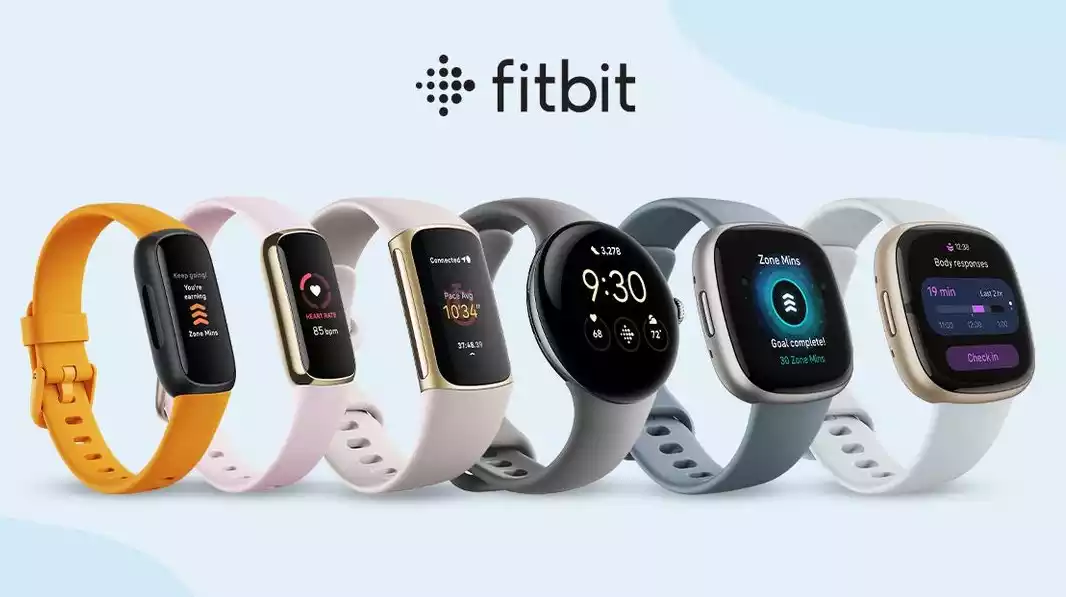Fitbit Concentrating on Biometric Monitoring with Patent for Blood Pressure Sensor

Google-owned Fitbit has filed a patent application for a blood pressure sensor that is user-driven
Fitbit has made a significant move, filing a patent for an in-watch blood pressure sensor. The patent application lists Shelten Gee Jao Yuen, Fitbit’s VP of research, as inventor.
Yuen was part of Fitbit’s team that built one of the first optical sensors to measure the pulse from the wrist and developed core algorithms in Fitbit’s trackers.
While a traditional blood pressure cuff works by squeezing an artery with pressure and measuring the strength of a person’s beating heart against the force, Fitbit’s patent details a more advanced method.
In the patent documents, Fitbit presents a force or pressure sensor, including a touch-sensitive display configured to generate variable force data when the user presses a sensor.
“In accordance with various embodiments, a user applies a variable pressure to his or her blood vessels while a PPG sensor measures the amplitude of blood volume pulses. The resulting PPG signal and associated pressure data is used to calculate blood pressure. Standard approaches to determining blood pressure from oscillometric data can be used,” the Fitbit patent details.
“As an engineer, it is enticing to analyze, optimize, and perfect a solution to the problem that is right in front of you. However, I find it useful to instead pause and figure out what problems will have the most impact,” Yuen told UC Davis for an alumni spotlight profile.
Fitbit has been offering ways for users to listen to their bodies beyond just fitness tracking, such as stress management with its body-response tracking on the Sense 2. The wearable brand has also concentrated on sleep management.
As technology continues to advance, many wearable technology companies are racing to offer the most innovative biometric tracking that’s reliable and low-profile from a user standpoint.
Considering that research recently suggested that Americans are in the midst of a serious health crisis, with less than 7% of the adult population in the United States having good cardiometabolic health, such wearable technology may change the course for those who can monitor their blood pressure routinely.
Wearable technology was named 2023’s top fitness trend by The American College of Sports Medicine (ACSM). As wearables have become increasingly affordable and as data is used in clinical decision-making, the small devices continue to hold their appeal, said ACSM Past President Walter R. Thompson, Ph.D., FACSM, lead author of a recent survey examining fitness trends.
“Wearables are certainly not going anywhere,” said Thompson.
Google acquired Fitbit in 2019 for $2.1 billion to compete with Apple, which is also heavily invested in wearable health tech.
Courtney Rehfeldt has worked in the broadcasting media industry since 2007 and has freelanced since 2012. Her work has been featured in Age of Awareness, Times Beacon Record, The New York Times, and she has an upcoming piece in Slate. She studied yoga & meditation under Beryl Bender Birch at The Hard & The Soft Yoga Institute. She enjoys hiking, being outdoors, and is an avid reader. Courtney has a BA in Media & Communications studies.



